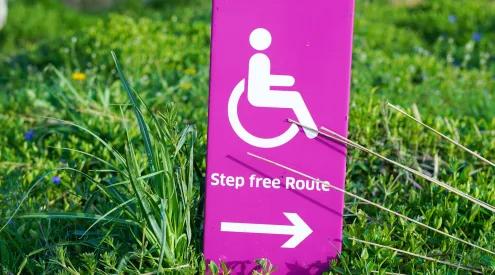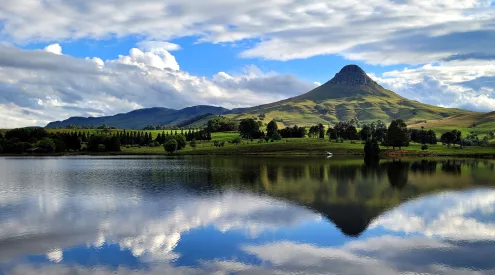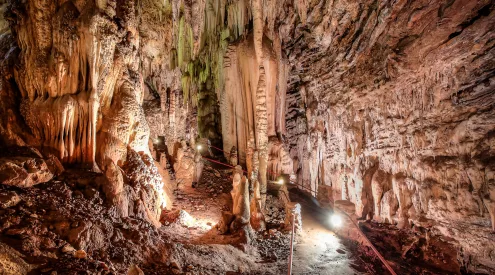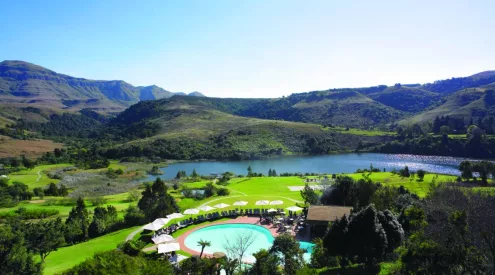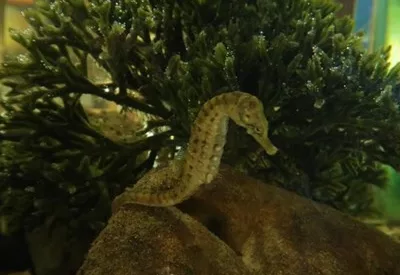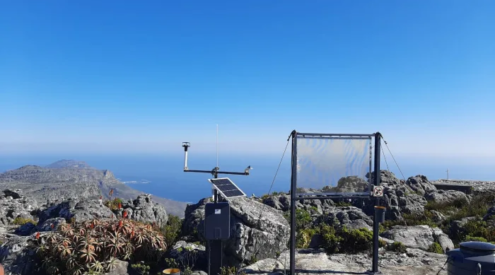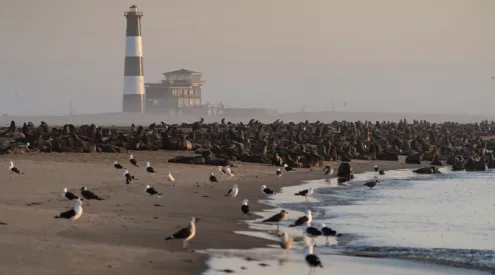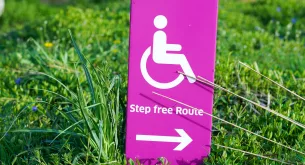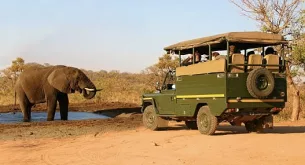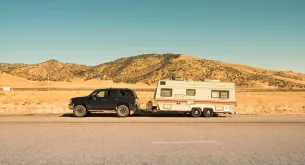South Africa’s natural beauty has long been one of its greatest tourism drawcards. But as local and international travellers venture deeper into the wild—seeking authentic encounters with elephants, lions, and baboons—these once-magical moments are increasingly coming with unexpected risks.
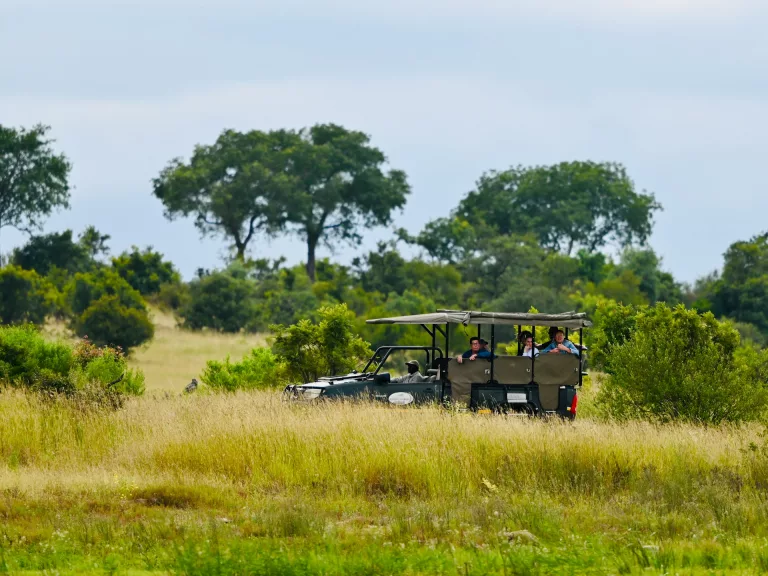
Mark Stoop/Unsplash
From baboons raiding picnic baskets on Table Mountain to elephant charges in private reserves and leopards hopping onto open safari vehicles, the line between wilderness and leisure is becoming increasingly blurred. And with South Africa’s tourism sector on the rebound post-pandemic, the stakes are higher than ever.
Who bears responsibility when wildlife interactions go wrong? What are parks and tour operators doing to prevent future tragedies? And perhaps most importantly, how can travellers enjoy the country’s wild spaces while respecting the creatures that call them home?
In January 2025, Shaik Adam Shabir Ammed was fatally trampled by an elephant near the Malelane Gate in Kruger National Park. According to South African National Parks (SANParks), Ammed exited his vehicle to assist his grandchildren, who had ventured into the bush and were charged by an elephant from a nearby herd. Despite his efforts, Ammed was unable to evade the charging elephant and succumbed to his injuries at the scene. This incident serves as a stark reminder of the unpredictable nature of wildlife and the critical importance of adhering to park regulations, which typically advise visitors to remain within their vehicles and maintain a safe distance from animals.
SANParks’ safety measures
In response to this and other incidents, SANParks has stepped up efforts to ensure visitor safety. Measures include the deployment of rangers and tourism monitors at high-traffic sites, particularly during peak seasons. These personnel are trained to patrol key areas, provide visitor guidance, and report criminal or dangerous activity. In Table Mountain National Park, SANParks has also rolled out a highly trained Sea, Air and Mountain (SEAM) team, bolstered by a dedicated K9 unit. Their duties span everything from assisting injured hikers to combating poaching and safeguarding tourists on popular trails.
The national Department of Tourism also joined efforts to reinforce safety, announcing a R174.5 million investment to train and deploy over 2,300 tourism monitors across the country. These monitors serve as on-the-ground support in key areas like national parks, beaches, and cultural heritage sites—acting as both ambassadors and first responders for tourist safety.
Their responsibilities include sharing safety information, discouraging risky behaviour, and liaising with police or emergency services when needed.
ALSO READ: Dire wolves in the flesh? Science makes it (almost) real
Private sector solutions and innovation
In October 2024, Uber introduced an innovative offering in collaboration with Aquila Private Game Reserve—Uber Safari. The pilot service allowed users in Cape Town to book an all-inclusive safari experience directly through the Uber app. This included safe transport, guided game drives, meals, and return transfers, helping streamline the process while ensuring the involvement of trained professionals. While the campaign ended in January 2025, it demonstrated how private operators can play a pivotal role in crafting safe, controlled wildlife experiences.
Safety guidelines for tourists
To reduce the risk of dangerous encounters, both SANParks and private reserves advise tourists to strictly follow established safety protocols:
- Stay in your vehicle when inside game reserves unless in a designated safe area.
- Never feed wildlife, no matter how tame they appear—this alters natural behaviours and can lead to aggression.
- Keep your distance, especially from animals with young or those exhibiting signs of stress.
- Avoid hiking alone in wilderness areas and stick to marked trails.
- Listen to guides and rangers during safaris or bush walks. Their training is your best line of defence.
- Report unsafe behaviour by others to park staff immediately.
Conservation vs. curiosity
The unfortunate truth is that repeated risky behaviour not only puts humans in danger—it can result in animals being relocated, euthanised, or becoming more aggressive. “When tourists treat wildlife like zoo attractions, they put everything at risk,” said ranger Sifiso Mahlangu of a private Limpopo reserve.
“An animal that charges a human because it feels threatened may be labelled a danger and removed.” Responsible travel isn’t just about keeping yourself safe—it’s about preserving wild spaces for generations to come.
South Africa’s wildlife tourism remains one of the most powerful experiences available to visitors, blending awe, adventure, and education. But as recent events have shown, the wild is still the wild—unpredictable, beautiful, and demanding respect. While the responsibility for safety is shared among government bodies, tourism operators, and conservationists, it ultimately begins with awareness.
With the right information, a healthy respect for nature, and adherence to guidelines, visitors can continue to enjoy the majesty of South Africa’s wildlife—safely and sustainably.
Follow us on social media for more travel news, inspiration, and guides. You can also tag us to be featured.
TikTok | Instagram | Facebook | Twitter
ALSO READ: Low-impact travel: Best car-free adventures across South Africa

